2019 Honda Accord Touring Pros and Cons

The latest Honda Accord might be the perfect choice for buyers still in the market for a mid-sized family sedan. We took this Honda for a nice, long road trip, and after about 1,000 miles, many of the positive and negative quirks of this car came through.
It’s not perfect, but it’s close. Here are a few pros and cons for the popular family sedan. Make sure to check out our full review here.
2019 Honda Accord Touring Pros and Cons
Pros
Fuel Economy: The biggest advantage to the Accord has to be its incredible fuel economy. You can get a hybrid model if you want the best fuel economy, but it’s a bit pricey. The 1.5-liter turbo is the base engine and it outputs 192 horsepower and 192 lb-ft of torque, paired to a CVT. Driven sensibly on the highway, it’ll easily get about 40 MPG. That’s an asset when you’re on a long road trip since you don’t need to make many stops for fuel. Then again, long drives without breaks led to passengers dying for a bathroom break.
ALSO SEE: Honda Accord vs Honda Civic: Which Sedan is Right For You?
Premium Details: Mid-sized sedans are the Converse Chuck Taylors of the automotive world. Everyone’s had a pair at some point in their life. Replacing them with the same old thing just isn’t as fun, so Chucks have had to change colors, feature unique patterns, and even get comfier, offering people a good enough reason to upgrade.
The leather seats and trim give the Accord a premium touch that isn’t always expected, especially in Touring trim. There are fancy stitched accents and leather seats that wouldn’t seem out of place in an Acura. It’s an impressive cabin that won’t make you feel like you’re just getting a mainstream car.
ALSO SEE: Honda Accord Pros and Cons
Driver’s Assistance and Safety Technology: The Accord is offered with just about every driver assistance and safety feature you can think of. The blind spot monitoring, adaptive cruise control, and multi-angle rearview camera are huge assets, but I really appreciate the head up display and highly configurable digital dashboard. This is invaluable, especially while on a road trip. As your passenger fiddles with the infotainment system to find a new radio station, you may not be able to see the next step for the navigation system on the central screen, so leave it to the digital dashboard or head up display to give you that information. This is an excellent and useful feature.
Infotainment System: The Accord has a solid infotainment system that’s fairly easy to use and comes with Android Auto and Apple CarPlay support. Beyond that, we found that a user can have one phone attached to the system via a cable, running Android Auto, while another device can stream audio over Bluetooth. This is helpful in situations that have many in-car DJs wanting to hear their music, rather than just the device connected via Android Auto.
ALSO SEE: Where Is Honda From and Where Are Hondas Made?
Cons
Exterior Design: This is an easily arguable point, but the Accord is lagging behind its competition in terms of design, as the Camry has become so aggressive looking, while the Mazda6 is very classy and the Altima has an angular, sci-fi look to it. Instead, the Accord has a profile that seems derived from the Audi A7 of yesteryear, but without the liftback practicality. Beyond the profile, there’s little else memorable about the car. It’s not ugly, but it isn’t very inspiring. I’m not sure you’d look back as you walk away from parking this car at the mall.
In-cabin Storage: Sedans are facing tough times these days as crossovers and SUVs are getting more and more popular. While sedans are plenty efficient and are getting more premium, they are missing the memo in terms of spaciousness. While the Accord has plenty of cargo room in the trunk, it lacks vital at-hand storage. This makes road trips particularly difficult to manage. While there’s a useful wireless charger for the phone and other USB ports in some cubbies, this means you can’t use it for other items like your wallet, keys or change. The door pockets are the only saving grace of the cabin, as the aft-cupholder space is reserved for wireless charging, while the armrest has ports for more device connectivity.
1.5T: While the powertrain is great on gas, there were times on the highway when the little 1.5-liter turbocharged four-cylinder just didn’t seem like it was up to the task. The CVT and the small displacement turbo combine for a buzzy experience when trying to make a pass at speed. While the motor gives the car plenty of pep off the line, it just doesn’t deliver while in motion.
Fortunately, the automaker offers a 2.0-liter turbo that’s paired to a 10-speed automatic. It’s a punchy engine with lots of power: 252 hp and 273 lb-ft of torque. Better yet, it has plenty of torque throughout the rev range, so it never feels like this engine can’t rise to the occasion. Pick this motor if you’re the type of driver that demands the best response while on the go.
ALSO SEE: 2019 Mazda CX-5 vs Honda CR-V vs Subaru Forester: Which Crossover is the Best Buy?
Over-eager Forward Collision and Lane Keep: While there are plenty of features to help on your journey, some are a little overeager to make themselves known. The forward collision warning system and lane keeping assist are very overactive, the FCW going off when there’s no imminent danger and the lane keep pushing you strongly against the lane markers. Fortunately, these systems are easy to disable if you find them as annoying as we did.

Sami has an unquenchable thirst for car knowledge and has been at AutoGuide for the past six years. He has a degree in journalism and media studies from the University of Guelph-Humber in Toronto and has won multiple journalism awards from the Automotive Journalist Association of Canada. Sami is also on the jury for the World Car Awards.
More by Sami Haj-Assaad



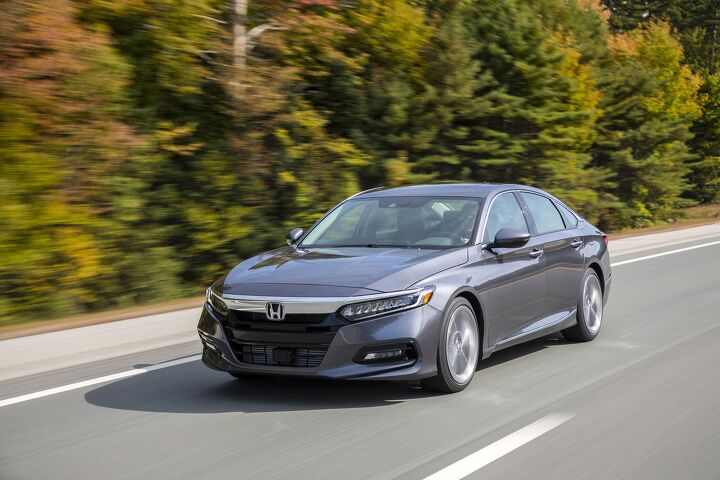































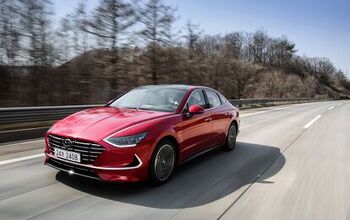

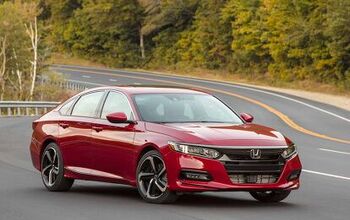



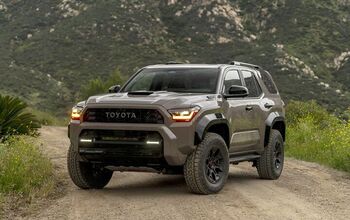
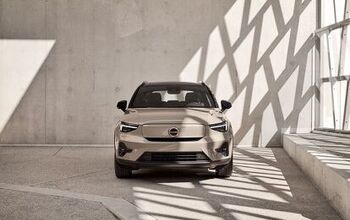
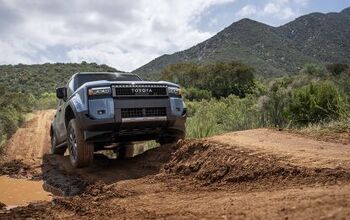
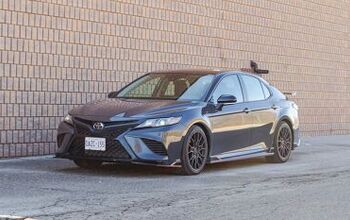





Comments
Join the conversation